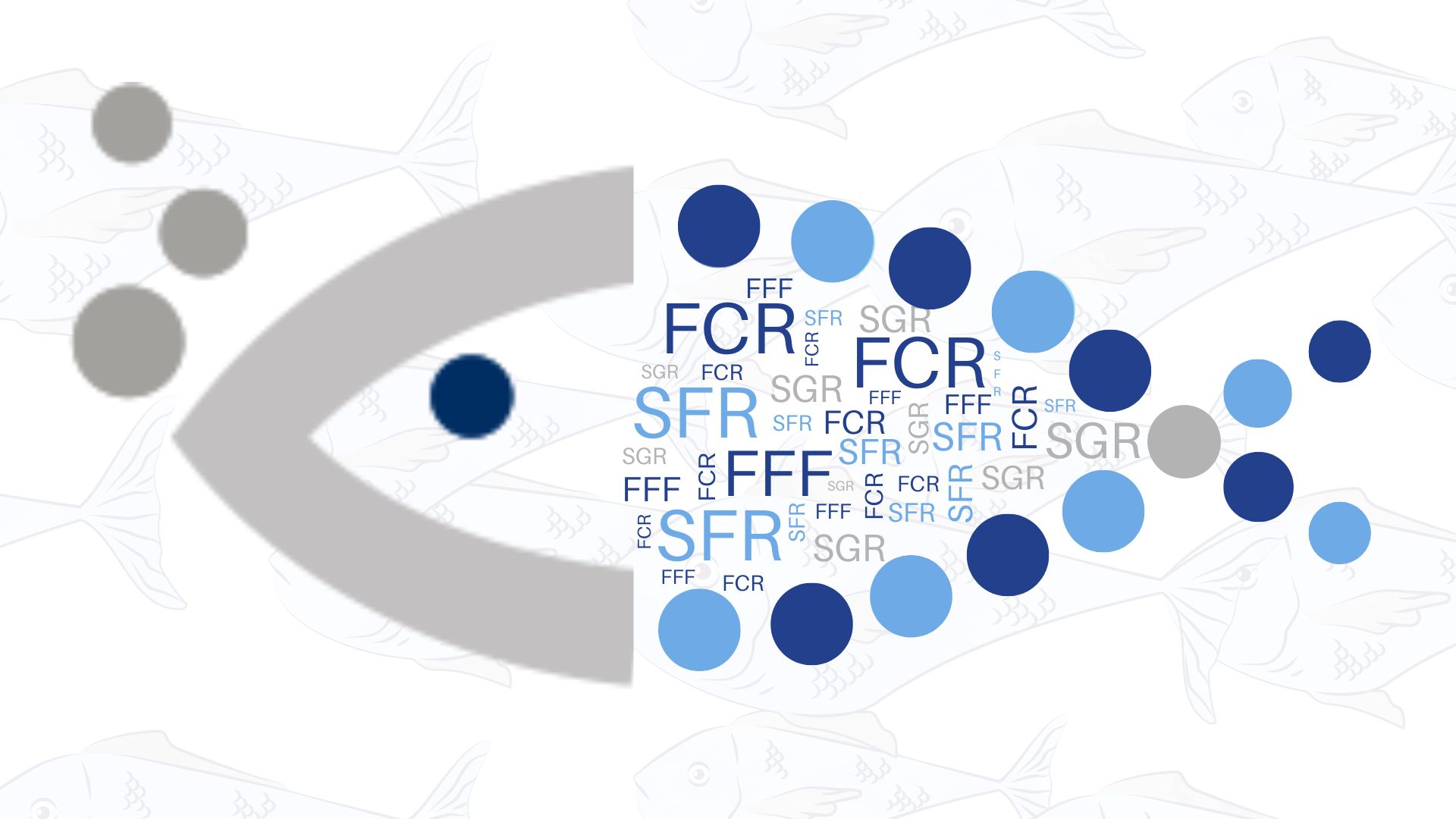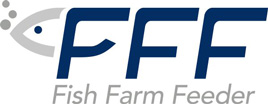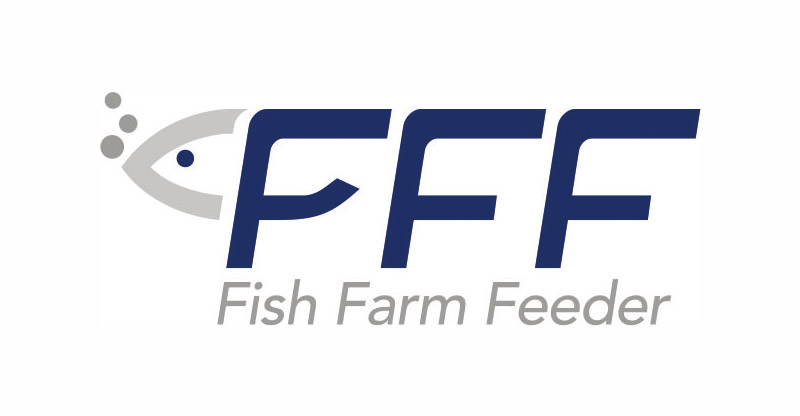Automating the fish or shrimp feeding process in aquaculture has numerous advantages. However, in order to benefit from them, an economic investment is necessary.
Depending on the feeding phase in the aquaculture farm that we want to automate, the return on investment is based on different indicators. They can be calculated directly or indirectly.
.
DIRECT SAVINGS FROM FISH FEEDING AUTOMATION
» 1. REDUCTION OF FEED CONSUMPTION
An improvement of 1 tenth in our FCR represents a saving in feed consumption between 5% and 9% of the total annual feed consumed in an aquaculture farm.
Therefore, we must ask ourselves: How much money would I save on my fish farm by knowing my current FCR, how to improve it, and the cost of feed?

» 2. LESS LABOR COSTS
An automated feeder, regardless of its size, requires labor, equivalent to an operator who is responsible for its maintenance, supervision and filling of silos.
Knowing the average cost of the personnel currently assigned to feeding an aquaculture farm, it is easy to answer the question: How much money would I save on my fish farm if I only needed 1 operator for feeding tasks?
INDIRECT SAVINGS AFTER AUTOMATION OF FEEDING IN THE AQUACULTURE FARM
» 1. REDUCTION OF FISH MORTALITY
Automation of fish feeding allows continuous feeding in short periods of time. This way we avoid cannibalism problems, one of the reasons that influence fish mortality in aquaculture.
Therefore, the following question helps to know how much we may save: What percentage of mortality do we have in our production on the aquaculture farm and how much does it cost?
» 2. FASTER FISH AND SHRIMP GROWTH
An automated feeder used in aquaculture guarantees feeding in exact doses. This entails improvements in the SGR and that means that with an automated system, the fish growth is achieved in less time.
In order to calculate the savings, we just need to clarify: How long does it take to get the desired fish or shrimp size?
» 3. HOMOGENEOUS FISH GROWTH
With correct pellets dosage and adequate spreading of the feed within the farming pool, the fish grow evenly. That contributes to increase of the value of production and elimination of regular fish size classification tasks. This is possible with an automated feeder designed and produced based on needs of an aquaculture farm.
In this case, it helps to know: How much does it cost to have a various fish size within each farming tank?
» 4. LOWER POLLUTION - FILTRATION SAVINGS
If the answer to the following question is YES, the automated feeder can also help in this area: Do I have problems with the water quality and/or with the filtration system?
As a centralized feeder designed for aquaculture farms is capable of dosing the exact amount of feed required by the existing biomass in the tank, water contamination will be reduced and, consequently, less use and problems of the filtration system.
» 5. OXYGEN CONSUMPTION SAVINGS
How to calculate the savings in this area? Take into account that the fish will eat the exact amount of food per dose in water not contaminated by overfeeding.
So the question is: How much is the oxygen bill now and to what levels could it drop after automating the supply of fish feed?
After reading this article, the next step is to answer the indicated questions and do the calculations.
If you need help for estimating the costs reduction by applying an automated feeder in your farm, our team will share experience of Fish Farm Feeder (FFF) obtained during more than a decade of designing, producing and supplying FFF feeding systems for aquaculture.






